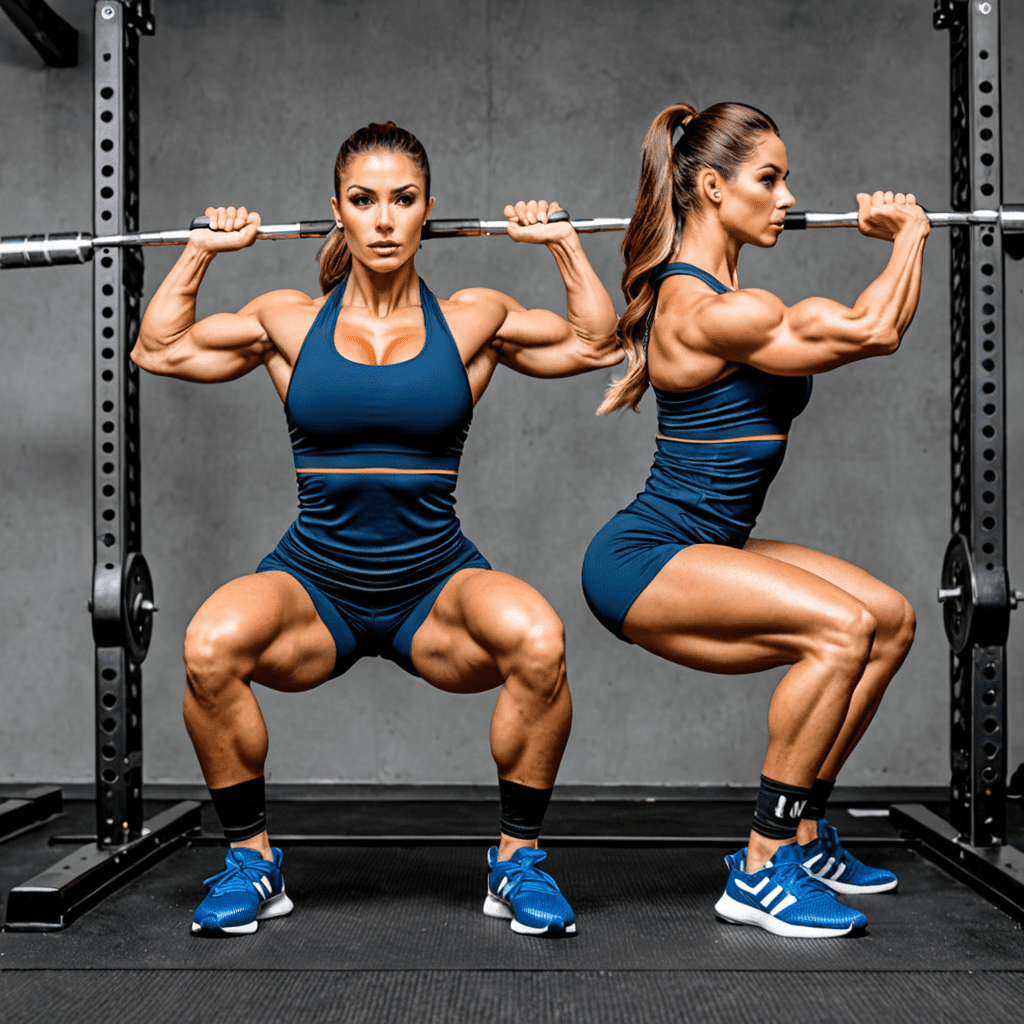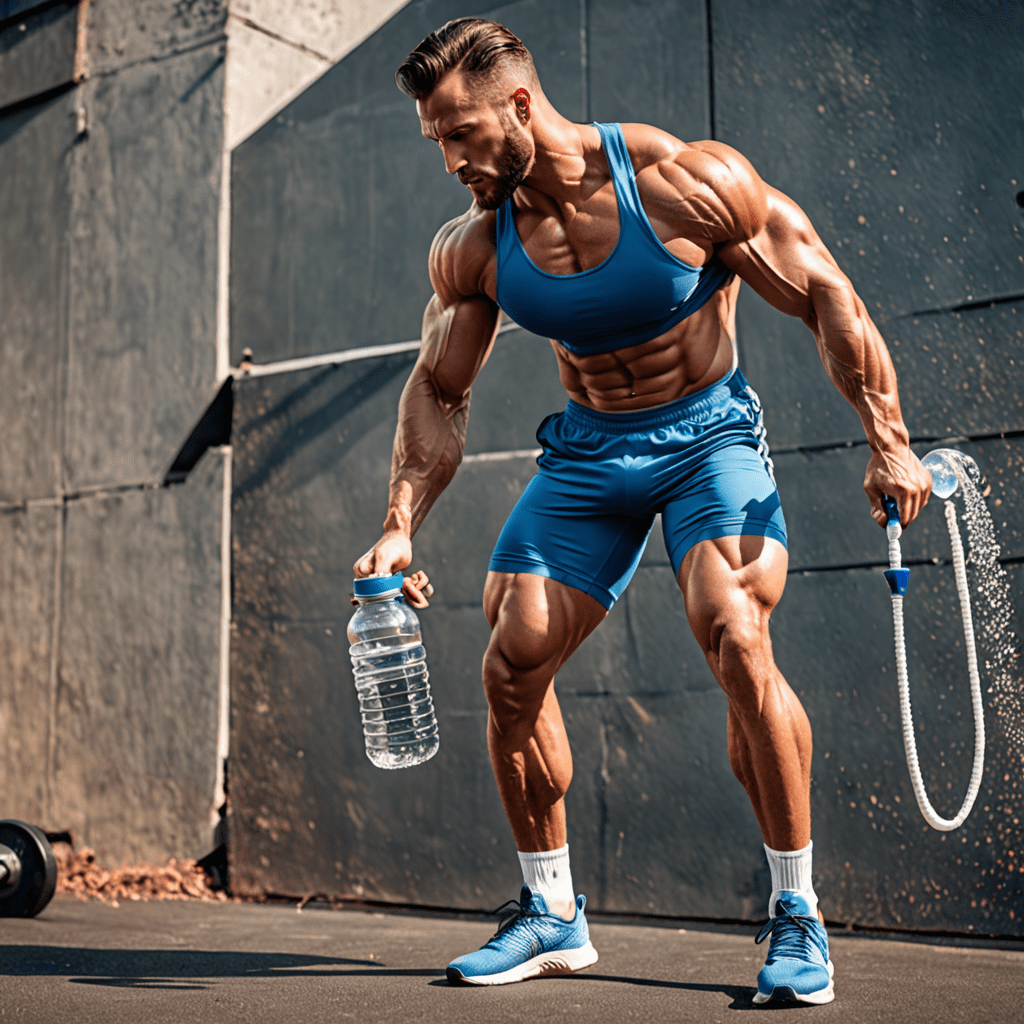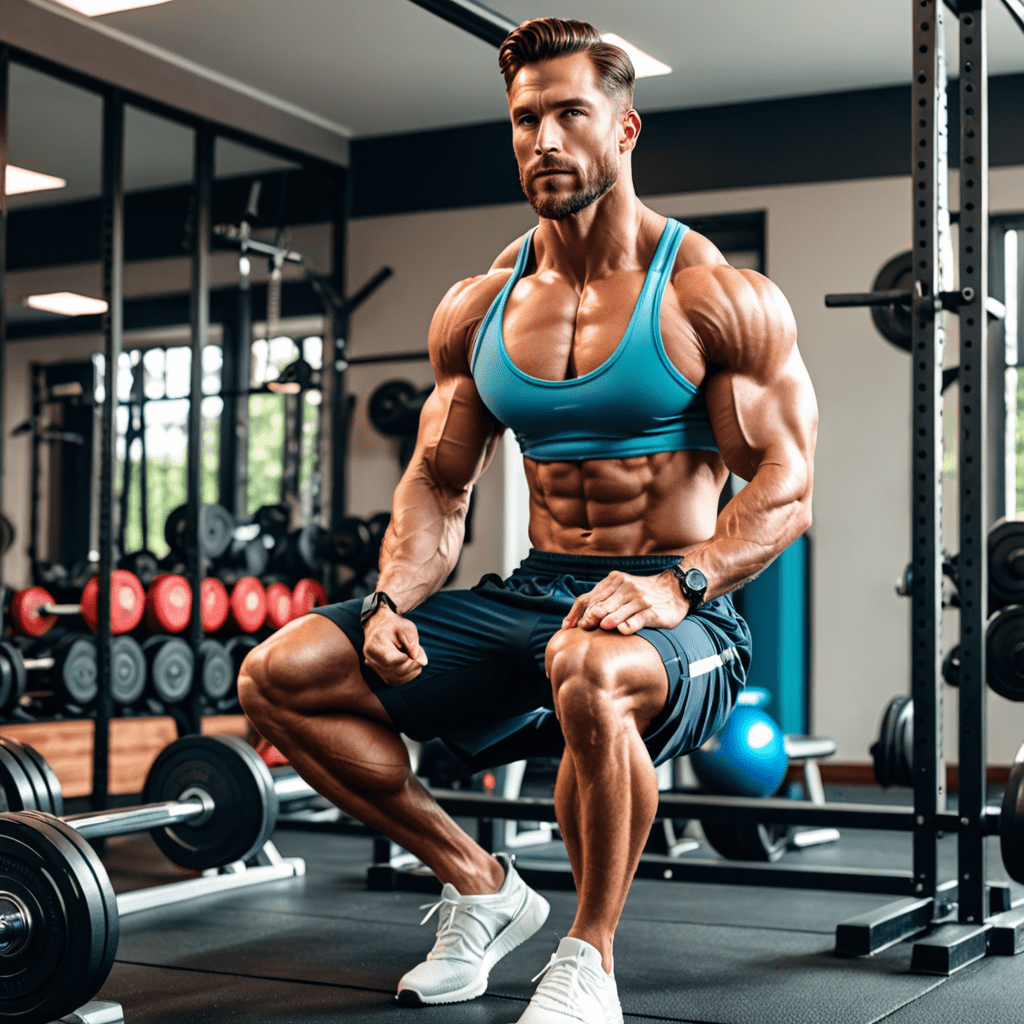
Finding Your Squat Stance
When it comes to squatting, finding the right stance is essential for maximizing performance and preventing injuries. Whether you’re a seasoned gym-goer or just starting out, your squat stance plays a crucial role in the effectiveness of the exercise. In this article, we’ll explore how to determine your ideal squat stance for optimal fitness performance.
Understanding the Basics of a Squat
Before delving into the specifics of your squat stance, it’s essential to understand the basics of a squat. A squat is a fundamental compound exercise that targets the muscles in your lower body, including the quadriceps, hamstrings, and glutes. Proper form and stance are vital to ensure that these muscles are effectively engaged and to minimize the risk of injury.
Factors Influencing Your Squat Stance
Your ideal squat stance is influenced by several factors, including your body mechanics, flexibility, and personal fitness goals. Understanding these factors is key to discovering the optimal squat stance for your unique physiology and fitness objectives.
Determining Your Foot Placement
The position of your feet significantly impacts your squat stance. Experiment with different foot placements, such as shoulder-width apart, narrower stances, or wider stances, to assess which position feels most stable and allows you to maintain proper form throughout the movement.
Assessing Hip and Knee Alignment
Proper hip and knee alignment is crucial for a successful squat. Your hips should align with your feet, and your knees should track in line with your toes when descending into the squat. The optimal stance will facilitate this alignment and help prevent unnecessary stress on your joints.
Adapting Your Stance for Varied Squat Variations
It’s essential to recognize that your ideal squat stance can vary depending on the specific squat variation you’re performing, such as the back squat, front squat, or sumo squat. Experimenting with different stances for each variation allows you to determine the most effective positioning for your body and goals.
FAQs About Finding Your Squat Stance
Q: How do I know if my squat stance is too narrow or too wide?
A: A squat stance that is too narrow may restrict your range of motion and limit muscle engagement, while a stance that is too wide may compromise your balance and stability. Experiment with different stances and observe which width allows for optimal depth and stability without excessive strain.
Q: Can I use a mirror to assess my squat stance?
A: While a mirror can provide initial feedback on your form, relying solely on a mirror may lead to compensation patterns or misalignments. It’s beneficial to combine mirror feedback with internal body awareness to ensure a comprehensive assessment of your squat stance.
Q: Should my toes be pointed straight ahead during a squat?
A: While some individuals find success with a parallel foot position, others may benefit from a slight outward angle to accommodate their natural hip and ankle mobility. Experiment with both foot positions to determine which allows for the most stable and comfortable squat stance.


